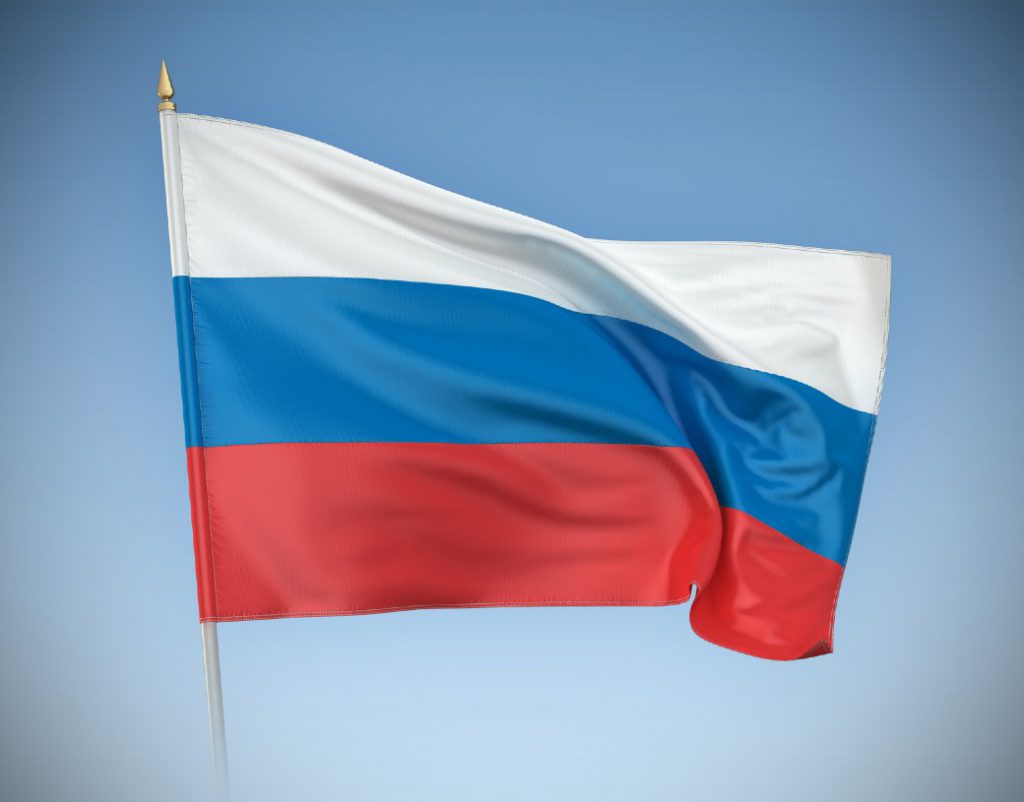Russia is exploring a national stablecoin to counter Western financial sanctions, as proposed by a senior Finance Ministry official on April 17, 2025. This stablecoin initiative seeks to reduce reliance on foreign financial systems, particularly after restrictions on USDT wallets linked to Russian entities. With the global crypto market seeing stablecoin capitalization exceed $200 billion, Russia’s move highlights its strategic adoption of blockchain technology. This article delves into the reasons behind the stablecoin proposal, its potential impact, and the evolving role of stablecoins in global finance.
Why Russia Needs a Stablecoin
Osman Kabaloev, Deputy Head of the Financial Policy Department at Russia’s Finance Ministry, emphasized the urgency of developing a stablecoin to navigate international sanctions. “Recent developments show we must create independent tools to limit foreign platform dependency,” Kabaloev stated. The proposal follows actions by the U.S. and Tether, which froze USDT wallets tied to Russia’s Garantex exchange in March 2025, disrupting access to global stablecoin markets. A stablecoin, potentially pegged to non-USD currencies, could mirror USDT’s functionality while serving Russia’s economic needs.
This move aims to ensure seamless cross-border transactions, especially for trade with partners like China and India. By adopting a stablecoin, Russia could bypass restrictions on traditional financial systems, enhancing its financial sovereignty in the crypto landscape.
Russia’s Crypto Adoption Surge
Russia has increasingly turned to cryptocurrencies to mitigate sanctions’ impact. Since 2022, the country has experimented with crypto for international payments, using Bitcoin and USDT for oil trades with China and India. Elvira Nabiullina, Governor of Russia’s Central Bank, confirmed that local firms are testing digital asset payments within a legal framework, though she opposes domestic crypto use. These efforts underscore Russia’s commitment to integrating blockchain solutions like a stablecoin into its economy.
The global stablecoin market’s growth supports this strategy. From mid-2023 to early 2025, stablecoin capitalization surpassed $200 billion, with active wallets rising over 50%, according to Artemis and Dune data. In 2024, stablecoin transaction volume hit $27.6 trillion, outpacing Visa and Mastercard combined, per Standard Chartered. This trend highlights the potential for a stablecoin to thrive in 2025.
Challenges and Opportunities

Developing a stablecoin presents challenges, including building robust blockchain infrastructure and ensuring regulatory clarity. Russia’s Central Bank’s cautious stance on domestic crypto use may complicate implementation. Global regulatory pressures, such as the U.S. Federal Reserve’s call for urgent stablecoin frameworks, could also influence Russia’s approach. However, a successful stablecoin could diversify financial tools, reducing reliance on USD-based systems and fostering trade with non-Western partners.
For crypto investors, Russia’s initiative signals opportunities in blockchain technologies supporting stablecoins. Projects enhancing Bitcoin’s scalability, like those in the DeFi space, may benefit from increased adoption. Monitoring Russia’s progress through platforms like CoinGecko can provide insights into market trends.
Future of Russia Stablecoin
Russia’s stablecoin proposal reflects a strategic response to geopolitical challenges. As stablecoins reshape global finance, a stablecoin could inspire other nations to develop similar solutions, accelerating blockchain innovation. Crypto enthusiasts should stay informed, as Russia’s efforts may influence DeFi and stablecoin markets, creating new investment opportunities.



